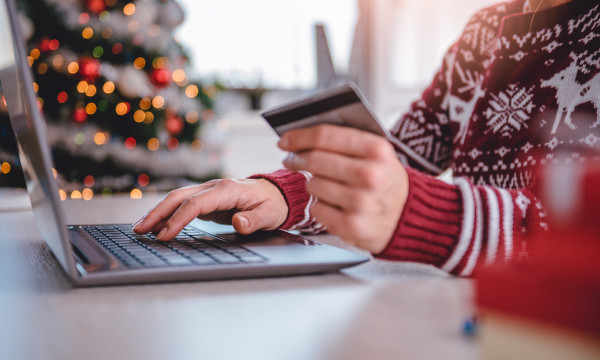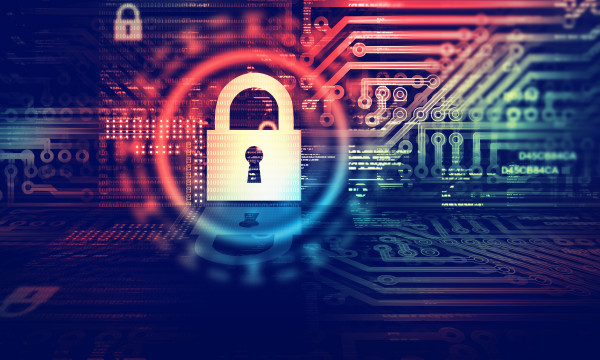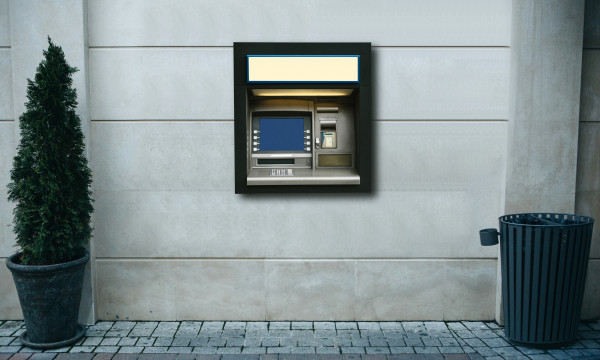What to do Following a Data Breach

UBT Customers Who May Be Affected by Recent Data Breaches:
Union Bank & Trust wants to help protect you and your financial information. We want to make sure that you are aware of the recent Capital One and Ameritas data breaches, and help inform you about determining if your personal information has been compromised, and what you can do to protect yourself in the future.
The Capital One data breach was initially discovered on July 19. The company fixed the configuration vulnerability that was exploited and began working with federal law enforcement. The FBI has arrested the person responsible.
For more information about the Capital One breach, please visit Capital One's website.
The Ameritas breach occurred in May and June 2019 as a result of a phishing campaign. For more information, visit Ameritas' website
Following a Breach, What Should You Do?
Here are some steps security experts recommend for limiting the potential damage to you as a result of a data breach:
1. Freeze Your Credit
This is a strong method for protecting your data and preventing would-be fraudsters from opening accounts in your name. Freezing your credit at the three credit bureaus is free, and can be done either online or over the phone. You'll provide your personal information and answer questions to verify your identity. The credit bureaus will issue you a PIN. When you need to apply for a loan or other types of credit, you'll use the PIN to temporarily remove the freeze.
Security experts note that a freeze is much more effective than a fraud alert. Credit freezes don't affect your credit score, but they prevent loans and other services from being opened in your name without your consent. A fraud alert simply is a red flag alerting companies to the fact you may have been the victim of fraud.
2. Set Up Transaction Alerts
It might be a good idea for you to set up automatic alerts any time a transaction is made using your Capital One card. You'll know right away when your card is used, and if there are fraudulent charges, you can dispute them, close the card, and get a new one.
3. Don't Fall for Phishing
Sometimes hackers pretend to be a company or individual you trust, but if you haven't requested them to contact you, don't respond. If someone sends you an unsolicited email or text and requests information, delete it without clicking on any embedded links.
4. Improve Your Password Hygiene
At a minimum, change your password regularly, such as every 90 days. Use a combination of a special character (! & @), numbers, upper and lowercase letters. Use a passphrase that means something to you, but fraudsters wouldn't be able to go guess. Most of all, AVOID simple passwords like "password," 123456, and the like.
Use a different password for every account or online profile. Even if you have a strong password that might take a hacker 10,000 years to guess, you shouldn’t be using it for every account you have.
Most importantly, for even better security, use a password manager. You can’t be expected to remember all those unique passwords — they have apps for that!
Learning Center articles, guides, blogs, podcasts, and videos are for informational purposes only and are not an advertisement for a product or service. The accuracy and completeness is not guaranteed and does not constitute legal or tax advice. Please consult with your own tax, legal, and financial advisors.



